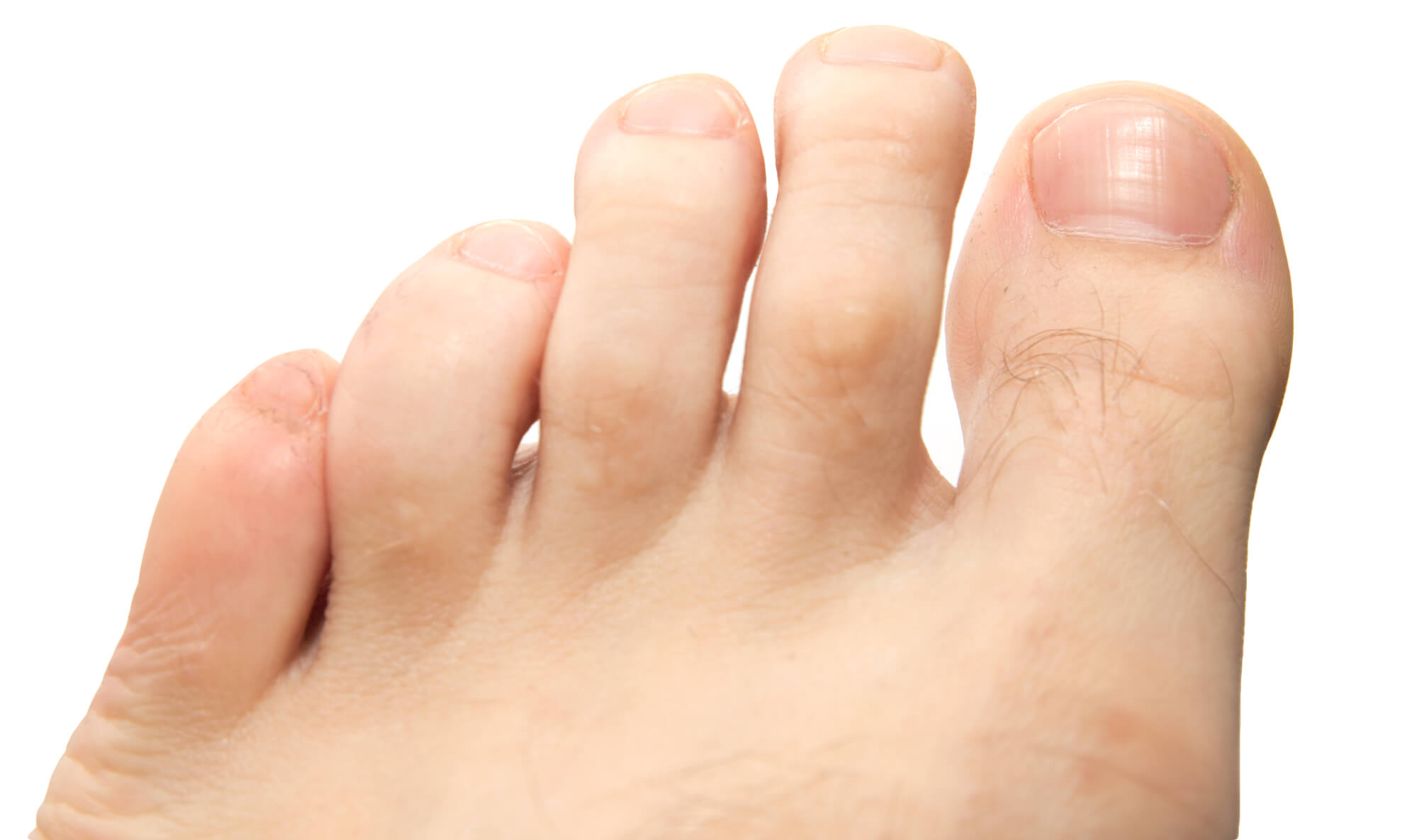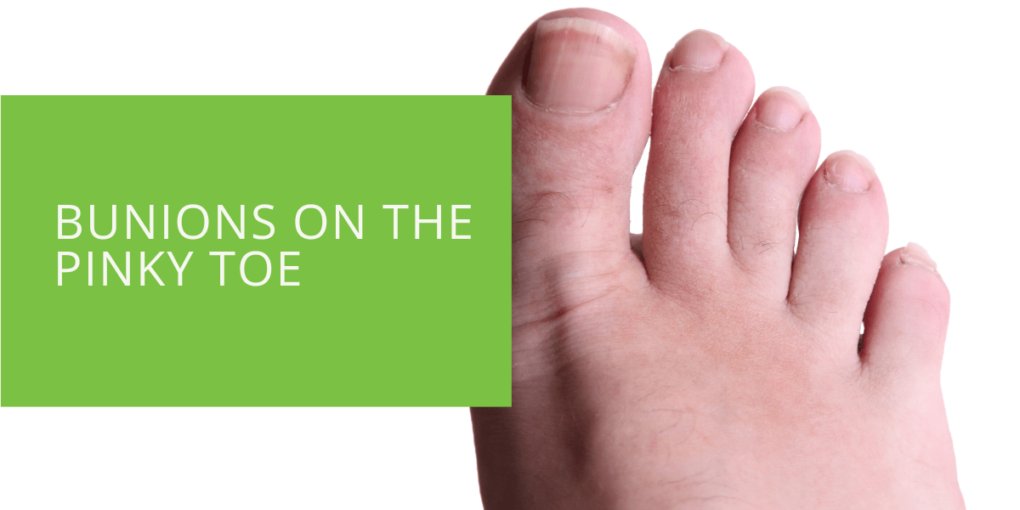Understanding and Treating Bunions on the Pinky Toe
A bunion is a common foot deformity that affects the big toe joint. However, did you know that bunions can also form on the little toe, also known as a bunionette or tailor's bunion? These bony protrusions on the pinky toe can cause just as much pain and discomfort as traditional bunions on the big toe. This article will discuss the causes, symptoms, and treatment options for bunions on the pinky toe, as well as tips for prevention and management.
What is a Bunion on the Pinky Toe?
Definition
A bunion on the pinky toe is a bony protrusion that forms on the outer aspect of the little toe. It is caused by the displacement of the little toe's bone and joint towards the foot's outer edge.
Causes
Bunions on the pinky toe can be caused by various factors, including genetics, poor foot mechanics, and ill-fitting footwear. Wearing shoes with a narrow toe box or high heels can put pressure on the pinky toe and lead to the formation of a bunionette. Certain foot conditions, such as hammertoe or metatarsus primus varus, can also increase the risk of developing a bunion on the pinky toe.
Symptoms
Symptoms of a bunion on the pinky toe include a bony protrusion on the little toe's outer aspect, pain, discomfort when wearing shoes, and swelling and redness in the area. Sometimes, the little toe may also be pushed towards the fourth toe, causing additional problems.

Diagnosis and Treatment
Diagnosis
You must visit a podiatrist for a proper diagnosis if you suspect a bunion on the pinky toe. Your podiatrist will examine your foot and may take an x-ray to get a better understanding of the deformity.
Non-surgical Treatment
In many cases, nonsurgical treatment options can help reduce pain and discomfort caused by a bunion on the pinky toe. These may include:
- Wearing shoes with a wide toe box to reduce pressure on the bunionette
- Using orthotics to help redistribute pressure and support the foot
- Taking over-the-counter pain medication such as ibuprofen
- Applying ice to the bunionette to reduce inflammation and swelling
Surgical Treatment
In more severe cases, surgery may be necessary to correct a bunion on the pinky toe. Surgery may involve removing the bony prominence, repositioning the toe joint, or both. It's important to discuss the benefits and risks of surgical options with your podiatrist before making a decision.

Prevention and Management
Preventing Bunions on the Pinky Toe
While some people may be more predisposed to developing bunions on the pinky toe due to genetics, some steps can be taken to reduce the risk. These include:
- Wearing shoes that fit properly and have a wide toe box
- Avoiding high heels and other shoes that put pressure on the little toe
- Stretching and strengthening exercises to improve foot mechanics
- Regularly visiting a podiatrist to monitor the health of your feet
Managing Pain and Discomfort
If you already have a bunion on the pinky toe, there are still steps you can take to manage pain and discomfort. In addition to the non-surgical treatment options mentioned above, bunion pads or sleeves can help provide additional support and cushioning for the bunionette. Choosing comfortable footwear that doesn't put pressure on the bunion is also important.
Living with a Bunion on the Pinky Toe
Living with a bunion on the pinky toe can be challenging, but the right treatment and management techniques can reduce pain and discomfort and maintain a good quality of life. Working closely with a podiatrist to develop a treatment plan for you and make lifestyle changes to protect your foot health is important.
Conclusion
Bunions on the pinky toe, also known as bunionettes or tailor's bunions, can be just as painful and debilitating as traditional bunions on the big toe. Understanding the causes, symptoms, and treatment options is important for anyone experiencing pain and discomfort in their pinky toe. Seeking professional help from a podiatrist is essential for proper diagnosis and treatment plan development. With the right care, it's possible to manage the pain and discomfort associated with bunions on the pinky toe and maintain a good quality of life.
FAQ
How do you get rid of bunions on your pinky toe?
The most effective way to get rid of a bunion on the pinky toe is through surgery, which can involve removing the bony prominence and repositioning the toe joint. However, in some cases, nonsurgical treatment options such as orthotics, changes in footwear, and pain medication may help reduce pain and discomfort. Working with a podiatrist is important to determine the best course of treatment for you.
Why do I have a bunion on my pinky toe?
Bunions on the pinky toe can be caused by various factors, including genetics, poor foot mechanics, and ill-fitting footwear. Wearing shoes with a narrow toe box or high heels can put pressure on the pinky toe and lead to the formation of a bunionette. Certain foot conditions, such as hammertoe or metatarsus primus varus, can also increase the risk of developing a bunion on the pinky toe.
Can you correct a tailor's bunion without surgery?
In many cases, nonsurgical treatment options can help reduce pain and discomfort caused by a bunion on the pinky toe. These may include: wearing shoes with a wide toe box, using orthotics, taking over-the-counter pain medication, and applying ice to the bunionette to reduce inflammation and swelling. However, surgery may be necessary to correct the bunion in more severe cases.
Can bunion go away on its own?
Bunions generally do not go away on their own and often worsen over time. While you may be able to manage pain and discomfort with lifestyle changes and nonsurgical treatment options, it's important to work with a podiatrist to develop a treatment plan and make lifestyle changes to protect your foot health. Without proper treatment, a bunion can lead to more serious problems, such as difficulty walking or an increased risk of foot and ankle injuries.

